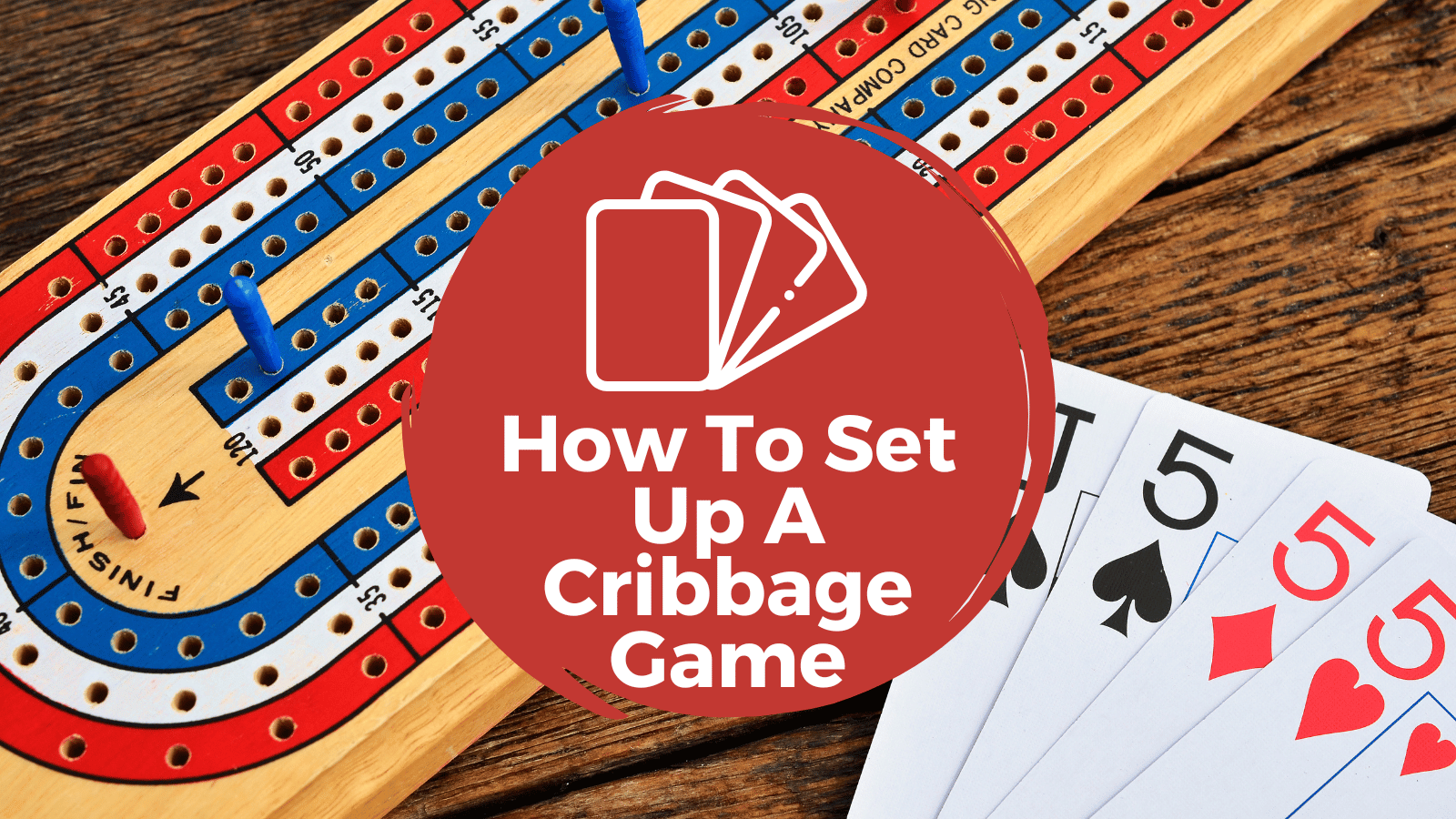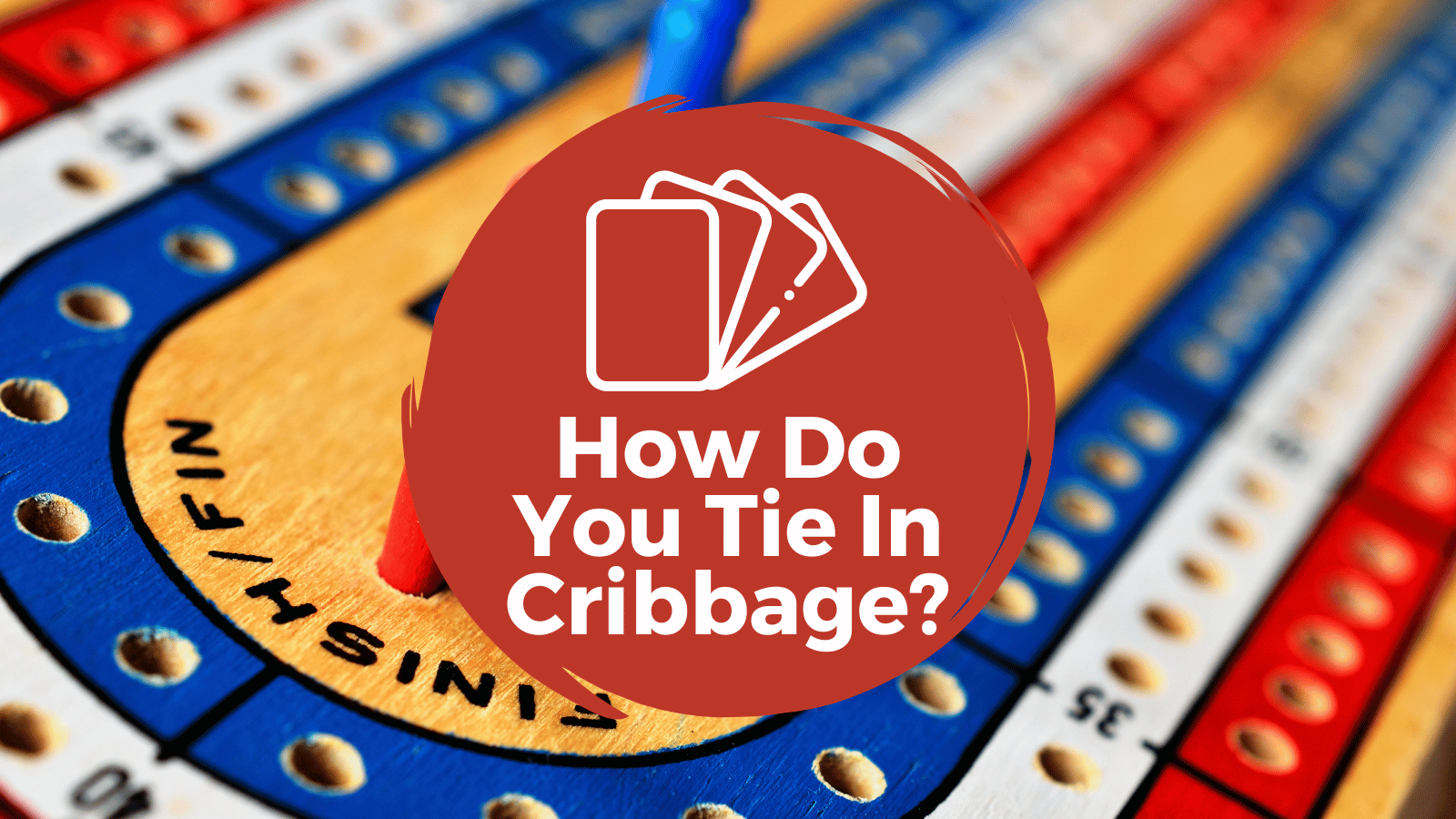Cutting the deck is pretty much a standard part of any card game, but it’s a regular part of a cribbage game.
As such, it’s critical to understand the cribbage cut rules, so you don’t make a mistake either in breaking the rules or offending the other player.
In this article, we’ll go over the common questions related to cutting and hopefully clear up any confusion for you.

Want to take your Cribbage game to the next level? Check out this massive list of strategies for improving your game!
Table of Contents
Who Goes First In Cribbage?
The first time we see cutting in Cribbage is before the game even starts.
To determine who goes first, both players cut the deck and look at the bottom card.
The player with the lowest card gets to deal first.
Who gets to cut first? It’s arbitrary, really, but if you need help deciding in this minute detail, let the younger player cut first.
Politeness Warning: If you cut first, don’t cut too deep. Your opponent has to also cut from the remaining cards.
It’s rude to leave them only a few cards.
If you play multiple games in a match, the other player starts the game; no matter who won or lost or who dealt last.
Need a Cribbage board to get started?
Check out this classic one here!
Can You Cut In Cribbage? Should The Dealer Offer A Cut?
The next place you may see the cut show up is after the dealer shuffles.
In many card games, it’s customary for the dealer to offer a cut by placing the deck down next to the other player.
This is supposed to say, “Cut the deck to ensure I didn’t stack the deck in my favor.”
It’s more common in games like poker, where it’s usually easier (and more common) for the dealer to stack the deck.
In games like Cribbage, where skill plays a more important role, it’s less important.
If the opponent doesn’t want to cut, they’ll tap the top of the deck. If they do, they’ll cut and place the bottom half on top.
The dealer then deals with this new order.
Some people are taught to offer a cut when they’re the dealer as a matter of respect, but in the modern-day, it’s not needed.
A lot of players find it rude and think it sets a negative and distrustful tone for the game.
There is no specific rule forcing the dealer to offer the cut, but if you’re not sure, simply ask the other player the first time, and if they say no, don’t offer it again.
To learn more about Cribbage, check out our mega-dictionary of Cribbage terms.
Who Cuts Before Pegging In Cribbage?
Before pegging or The Play as it’s officially called, the Pone or non-dealer cuts the deck.
After both players have discarded, the Pone cuts the deck and holds up their half.
The dealer then flips over the top card onto the deck as the Pone puts it back together.
This card is called the starter card or cut card, and it’s used for counting the hands at the end of the round.
Fun fact: You must get the same suited card cut to make a crib flush in Cribbage. Read more about flush rules in our article at the link.
Who Gets The Points When The Jack Is Cut In Cribbage?
If a Jack is flipped up or cut before the pegging phase, a special rule called “his heels” or “nibs” is activated.
The Dealer gets two points to be pegged immediately when this is turned up.
It’s possible, though rare, for the Dealer to win the whole game from these two points.
It’s a bitter pill to swallow, indeed, but especially if it’s a close game.
Read more about his heels in Cribbage, including its origins.
Can You Cut The Top Card? Bottom Card?
It’s considered rude and potentially against the rules to cut the top card of a deck. You also need to leave the bottom four for a cut as well.
When I first taught my son to play Cribbage, it was also his first time encountering the idea of cutting the deck.
In our first few games, he did great, but then he started to cut one card off the top or go all the way to the bottom.
Of course, did it really affect the game? Not at all, but I was irritated nonetheless.
Why? I’m not sure.
Maybe it was simply bred into as something rude to do.
All I know is I’ve played a lot of cards with people from several generations, and all of them agree it’s a rude thing to do.
There are even some clubs where it’s against the rule to cut this way.
So play it safe, and just cut the deck somewhere in the middle.






